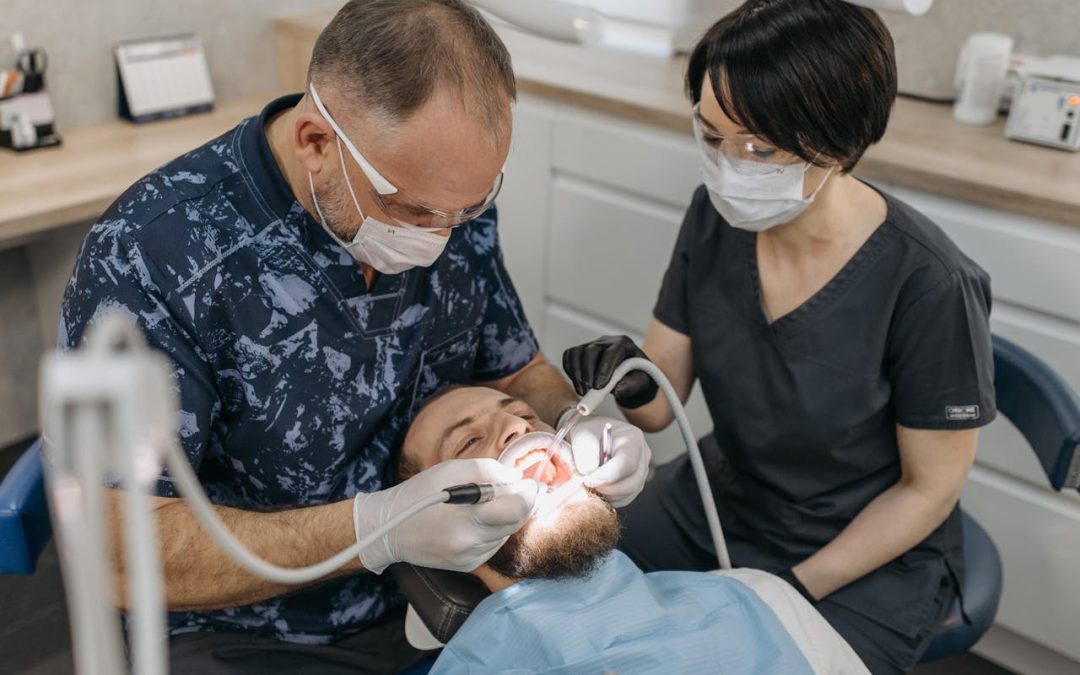This month’s topic is “Silver (?) Amalgam Fillings” or “Mercury Amalgam Fillings (MAFs)”. Yes, these fillings are about 50% mercury.
Mercury is the most toxic heavy metal known.
Sources of mercury include:
- Silver amalgam fillings (50% mercury)
- Large species of fish
- Mercurochrome disinfectant ……discontinued
- Mercury thermometers …discontinued in some countries
- Thiomersal preservative…still in some vaccines
We are told that the mercury in amalgam fillings is stable and inert, meaning that it does not react with the juices in our mouth, nor is any released so that it can be absorbed into our bodies. The Australian Dental Association believes that amalgam fillings are safe, based on the fact there is no equivocal evidence of any hazard derived from the mercury fillings. This statement appeared in the Herald Sun on Sunday 29th of May 2005.
In an experiment in Canada, scientists placed MAFs in the mouth of a sheep and their presence was verified by x-ray. Three months later another x-ray confirmed that the mercury was not only evident in the mouth, but also in the brain, stomach and in the kidneys. Studies show that chewing gum will increase the oral levels of mercury, along with the blood levels. Similarly, hot liquids or foods increase the level of oral mercury vapour, as well as the blood levels. The amount of measurable vapour also increases with the number and size of the fillings.
Much of this research has been done by Professor Boyd Haley of Kentucky University. He has shown that “mercury vapour is released from dental amalgam fillings in large concentrations, even in fillings more than 20 years old”. There is enough mercury in most fillings to provide continued chronic exposure for the life of most fillings – 24 hours per day 365 days per year.
Mercury can cross:
- The blood brain barrier & enter the brain.
- The placenta and enter the foetal circulation
- Into the breast milk.
Mercury attaches to sulphur and selenium atoms found in enzymes, cell membranes and receptors. Hence it can disrupt many of the basic biological reactions.
Mercury damages red blood corpuscles, reducing their ability to transport oxygen to other tissues. This means that the energy of the whole body is reduced by mercury contamination.
Mercury toxicity is wide ranging and has been linked to:
- · Impaired heart function eg. cardiomyopathy.
- Damaged vessel walls.
- High blood pressure.
- Auto-immune diseases eg. Multiple sclerosis.
- Birth abnormalities.
- Damaged baroreceptors in the brain, decreasing normal relaxed breathing function, which increases body acidity and stress levels.
- Damaged insulin enzyme and damaged insulin receptors, leading to elevated insulin levels, which creates insulin resistance, syndrome X, obesity, diabetes and cardio-vascular disease.
- Cancer development, not that it causes cancer directly, but that it contributes to cancer by damaging so many systems.
- Damaged anti-oxidant enzymes, such as glutathione peroxidase, which helps to protect the brain neuronal tissue.
- Neuro-toxicity and Alzheimer’s.
- Reduced gall bladder function, which reduces the absorption of fats, the detoxification and elimination processes.
- Hormone disturbances, immune disturbances, recurring fungal infections, hair loss and allergies. The hormones affected include the thyroid hormones, plus oestrogen, testosterone and the adrenal hormones. Mercury contamination is also linked to reproductive problems, low sperm counts, abnormal sperm and PMS.
In 1997 Haley and Pendergrass performed a study published in the journal Neurotoxicology. In their study, they showed concentrations of mercury vapour known to be released by dental amalgams in people increased mercury concentrations in rat brains from 11- to 47-fold higher than controls. At this level, the mercury produced the identical lesions seen in Alzheimer’s disease (neuro-fibrillary tangles) by interfering with the normal tubulin maintenance.
Having established reasons why you may wish to consider removing the MAFs from your mouth, it becomes a discussion between you, your dentist, your complementary medical practitioner, your naturopath or other appropriate health professional. I would be happy to discuss your situation with you.
Pregnant or breastfeeding women shouldn’t embark on having their mercury fillings removed, as any change in the body’s mercury balance, release mercury stores, which can affect the developing foetus.
If your dentist isn’t urging you to have these toxic fillings removed, maybe you need to talk to a different dentist. Also, if you ask your dentist what sort of materials he uses for himself and his family and he replies non-amalgam fillings, but only for cosmetic reasons, maybe you need to change dentists.
An experienced holistic dentist will insert a rubber dam into your mouth. Only the tooth is visible inside the dam, which is a bit like a sock. This dam prevents any pieces of broken fillings from being swallowed. Also, he will blow air into your mouth so to minimize the possibility of breathing in any mercury vapour created by the drilling.
After some of the mercury is removed from your teeth, your body can detect the change and start to release mercury from other sites around the body, which can cause side effects. Hence, it is important that you are in very good health before you embark on this course and that you have a strong acidophilus population in your intestine (low yeast, fungi and Candida).
For further information you can visit the web:
· www.tuberose.com
· www.mercola.com
· www.ericdavis.com.au
· University of Calgary website “How mercury causes brain neuron deterioration” This article is somewhat alarming to some, but I don’t believe that you have to rush out and have your mercury fillings removed immediately, unless you believe that it is behind some serious illness. Instead, I encourage my clients to plan to gradually have their toxic fillings replaced by other materials, such as composites.
Next month I am going to discuss body acidity, as this condition is playing a role in most forms of ill-heath and degenerative disease.
Jeff Cox, Foodcoach
Dip of Pharmacy
Nutritional Chemistry

